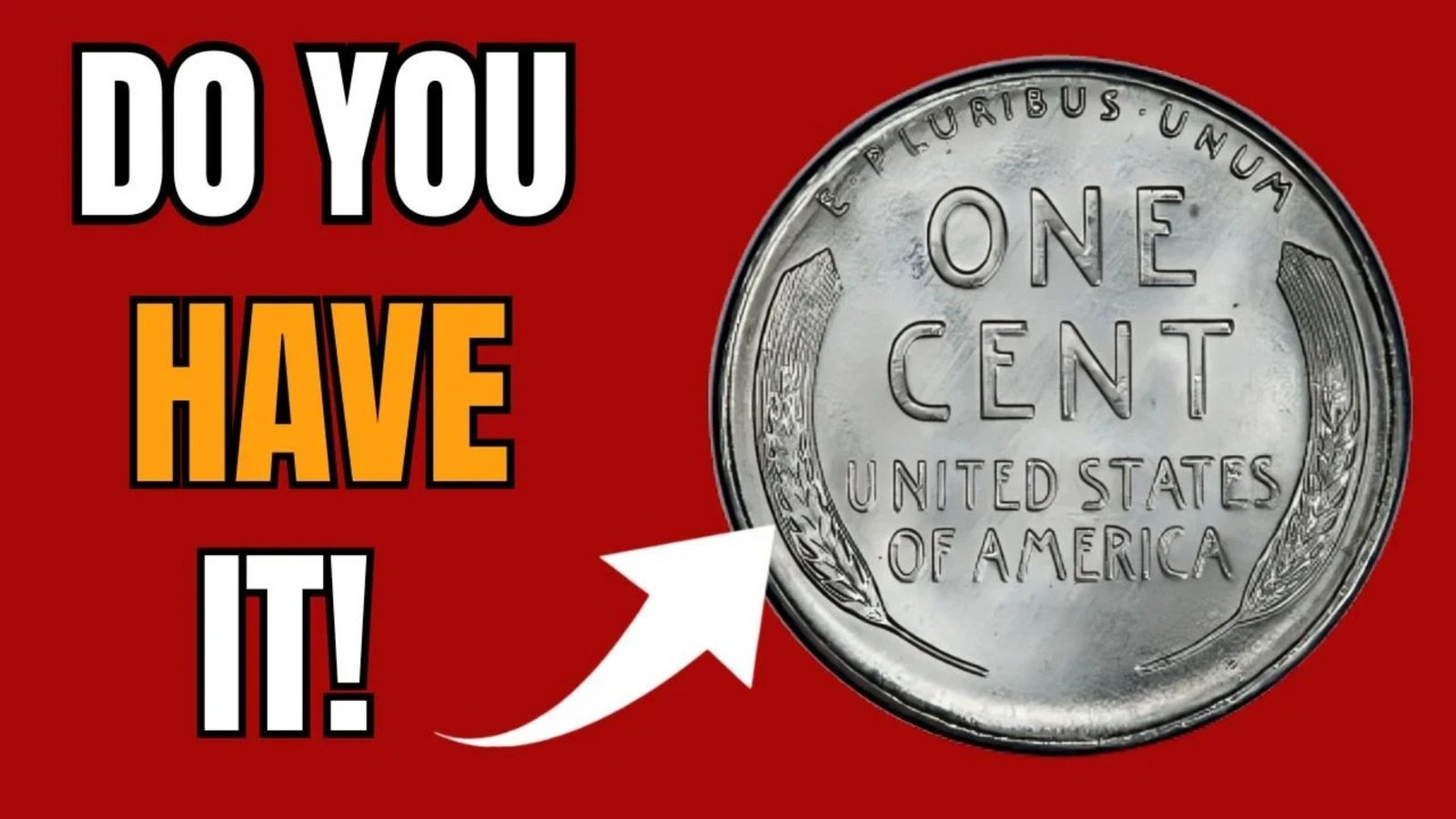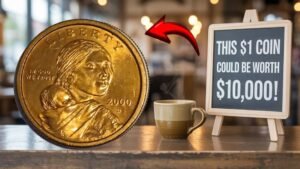Imagine finding a penny in your change that’s worth millions. Sounds like a fairy tale, right? The Lincoln Wheat Penny, a humble coin from decades past, could be hiding a fortune. Some rare versions are valued at $5.5 million and might still be in circulation! Read on to uncover this thrilling mystery.
What Is the Lincoln Wheat Penny?
The Lincoln Wheat Penny is no ordinary cent. Minted from 1909 to 1958, it’s a small copper coin with Abraham Lincoln’s profile on the front and two wheat stalks on the back. But here’s the twist: some rare versions, like the 1943 copper penny, could make you a millionaire.
This coin’s allure lies in its hidden potential. Most Wheat Pennies are worth just cents, but a few rare ones are numismatic gold. The possibility that one might be in your pocket keeps collectors and dreamers hooked, turning spare change into a treasure hunt.
A Coin with a Storied Past
In 1909, the U.S. Mint unveiled the Lincoln Wheat Penny to mark Lincoln’s 100th birthday. Designed by Victor David Brenner, it was the first U.S. coin to feature a real person, breaking from symbolic figures like Lady Liberty. The wheat stalks symbolized prosperity, but controversy arose over Brenner’s bold “VDB” initials on early coins.
During World War II, copper was scarce, so 1943 pennies were made from zinc-coated steel. By mistake, a few copper blanks were used, creating the ultra-rare 1943 copper penny. Only 20-40 exist, making them legendary in the coin world.
| Year | Event | Impact |
|---|---|---|
| 1909 | First Lincoln Wheat Penny minted | Introduced a real person on U.S. coins |
| 1943 | Copper pennies mistakenly struck | Created one of the rarest coins ever |
| 1958 | Wheat Penny design replaced | Ended an era, boosting collectible value |
Why Is It So Valuable Today?
The 1943 copper Lincoln Wheat Penny’s value comes from its rarity, historical context, and collector demand. With only a handful known, these coins fetch millions at auction. One sold for $1.7 million in 2010, and experts estimate a pristine example could hit $5.5 million today.
Its wartime origin adds intrigue. Copper was reserved for war efforts, making these errors a snapshot of history. High demand from collectors and the coin’s scarcity drive prices skyward, turning a penny into a potential fortune.
How to Hunt for This Hidden Treasure
Could a $5.5 million penny be in your change? It’s possible! These coins were released into circulation, so they could be in piggy banks, old jars, or even your wallet. Here’s how to start your treasure hunt:
- Check Your Change: Look at every penny, especially those from the 1940s.
- Visit Coin Shops: Browse for Wheat Pennies at local dealers or shows.
- Search Bank Rolls: Buy penny rolls from banks and inspect them.
- Join Collector Groups: Connect with numismatists online or locally for tips.
If you find a 1943 penny, don’t clean it—cleaning can ruin its value. Get it appraised by experts like PCGS or NGC to confirm authenticity.
Read More:
Could a $5 Million Lincoln Wheat Penny Be in Your Pocket? – CHECK HERE!
That 2000-D Sacagawea Dollar Might Look Ordinary — But It Could Be Worth Over $10,000!
1976 Bicentennial Quarter Worth Over $1.5 Million Is Still Out There
Jaw-Dropping Facts and Records
The Lincoln Wheat Penny’s story is packed with surprises. Here are some mind-blowing facts:
- Rarest of the Rare: Only 20-40 1943 copper pennies exist, with fewer than 20 confirmed.
- Auction Records: A 1943-D bronze penny sold for $1.7 million in 2010, valued at $2.3 million in mint condition.
- Other Gems: The 1909-S VDB penny can fetch over $100,000 due to its low mintage.
| Coin | Rarity | Estimated Value |
|---|---|---|
| 1943 Copper | ~20-40 exist | Up to $5.5 million |
| 1909-S VDB | 484,000 minted | Up to $100,000+ |
| 1955 Doubled Die | ~20,000 minted | Thousands |
Expert Tips for Coin Hunters
Want to join the hunt? Experts share these insider secrets:
- Magnet Test: A 1943 penny that doesn’t stick to a magnet might be copper. Steel pennies are magnetic.
- Weight Check: Copper pennies weigh 3.11 grams; steel ones are 2.7 grams. Use a precise scale.
- Avoid Fakes: Counterfeits exist, like copper-plated steel pennies. Always seek professional authentication.
- Preserve Condition: Handle coins by the edges, ideally with gloves, to avoid damage.
- Study Mint Marks: Look for “D” (Denver) or “S” (San Francisco) under the date for higher-value coins.
Frequently Asked Questions
How do I know if my 1943 penny is copper?
Check the color (coppery-brown, not silver) and do a magnet test. Copper pennies don’t stick; steel ones do. Weigh it—3.11 grams is a clue. Get it appraised by PCGS or NGC.
Are all Lincoln Wheat Pennies valuable?
Most are worth cents to a few dollars. Only rare ones like the 1943 copper or 1909-S VDB fetch big money.
Where can I find these pennies?
Check pocket change, old coin jars, bank rolls, or estate sales. Coin shows and dealers are also great spots.
Why is the 1943 copper penny so rare?
A minting error during WWII used copper blanks instead of steel, with only a few escaping into circulation.
Conclusion: Your Next Penny Could Change Everything
The Lincoln Wheat Penny is more than a coin—it’s a piece of history that could make you rich. The 1943 copper penny, valued at up to $5.5 million, might be hiding in your change jar. Its rarity and wartime story fuel a nationwide treasure hunt. So, next time you get a penny, take a closer look. Check the date, test it with a magnet, and dream big. Share this story with friends, join a coin club, or start hunting today—your fortune might be one cent away!



